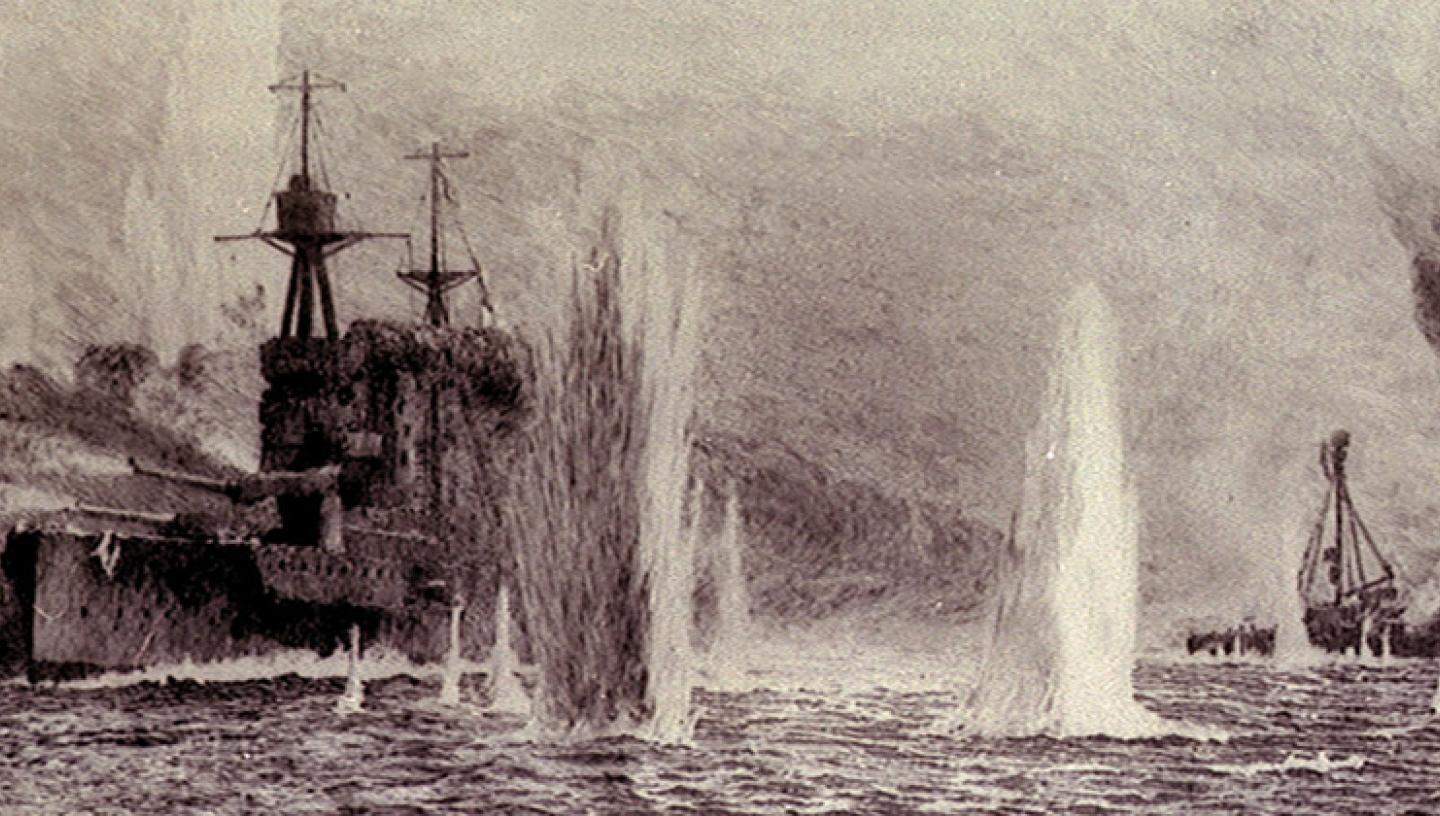
Essential Information
| Location | |
|---|---|
13 Nov 2016
On Remembrance Sunday, Jeremy Michell, the curator of our Jutland 1916 gallery, delves deeper into the personal stories that emerged of the battle.
While researching the battle of Jutland for the gallery, which opened in May 2016, quite a bit of work was done to look at the personal stories surrounding the battle. The letter below, edited to just cover the initial opening moves of the battle, can be found in the Museum’s Caird Library archive [Ref: NMM, AGC/W/5/7].
This lively letter was written on board HMS Galatea by John T V Webster, the secretary to Captain Edwyn S. Alexander-Sinclair, to a Miss Crump, whose identity we do not know. The letter, using contemporary language, is a mix of survivor’s euphoria, exhilaration that he had been in battle and an element of jingoism about how well they had done against the Germans.
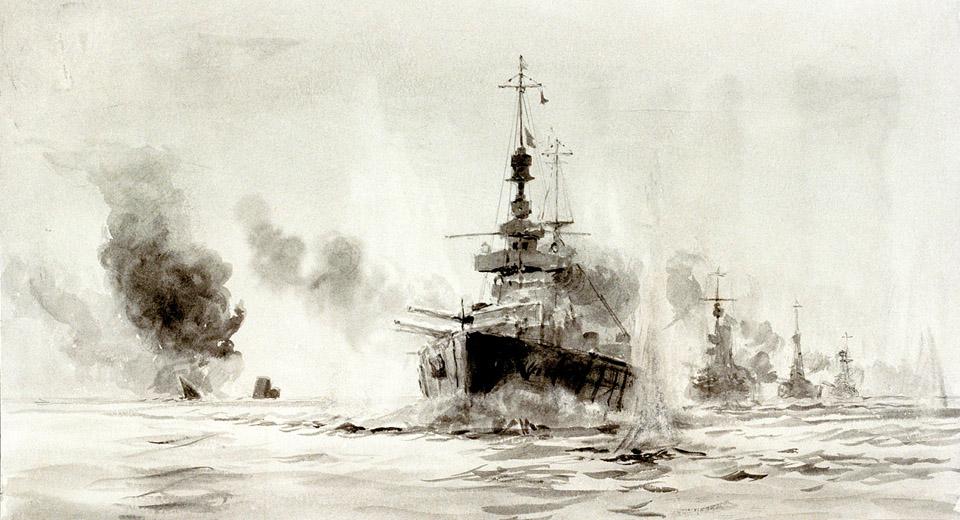
HMS Galatea was one of the scouting cruisers ahead of the battlecruiser fleet under Vice-Admiral Beatty searching for German warships. They were the first to spot the German fleet and, after being in the thick of the initial battle, became bystanders to the ‘battle of giants’, as he describes it. The second part of the letter will be revealed soon, taking you into the main battle itself.
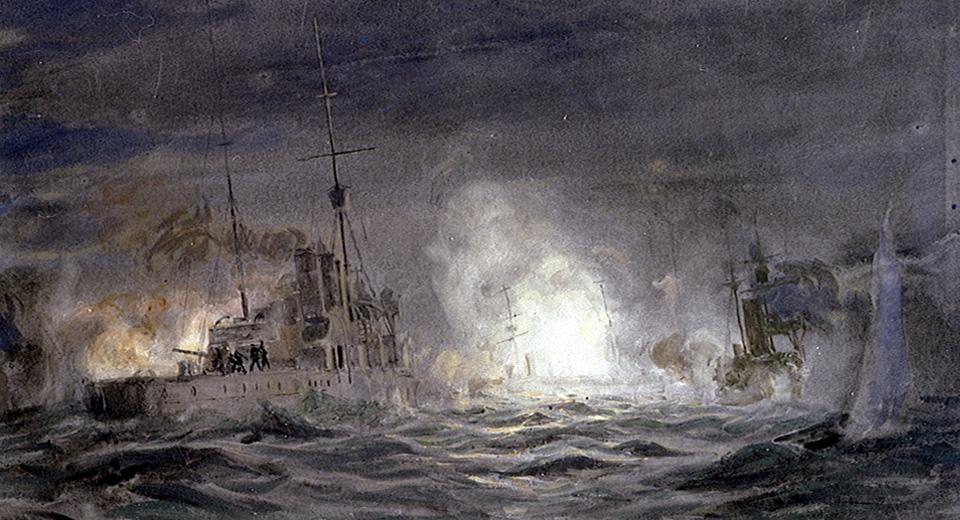
“Dear Miss Crump,Thank you awfully for your very kind letter of congratulations on our safe return from “Der Tag” – and also, by this way, for your previous box of vegetables.I’m afraid I’ve been terribly remiss in not having written before but I am sure you will understand that things have been pretty busy of late for us, and opportunities for ones private correspondence has been very difficult to seize.Well, it was a great experience – this battle. We had no fore knowledge that it was to take place, as we have been out there on similar expeditions dozens of times. This time however, just when it was time to turn round for home again “Galatea” sighted a merchant ship ahead, stopped, and with another vessel alongside her. When we got closer this 2nd vessel turned out to be a German destroyer who fled on catching sight of us. We immediately went on to 30 knots after her and opened fire and, very soon after, a couple of large German Cruisers appeared and opened a hot fire on us at a range exceeding that of any of our guns. They shot extremely well and by the third salvo they had got our range exactly and we got out first hit. It was a 5.9” shell – High Explosives, and it hit the deck about 6 or 7 feet from where I was standing. Luckily the fuse broke off on hitting the deck or I should be just a memory now! The shell went through about 5 steel decks and bulkheads & eventually hit the armour on the other side of the ship about 3 feet from the water – from inside – and stopped there. We then turned round & firing all the time led the Enemy in the direction of the rest of our fleet [commanded by Admiral Beatty] who were about 15 miles off.
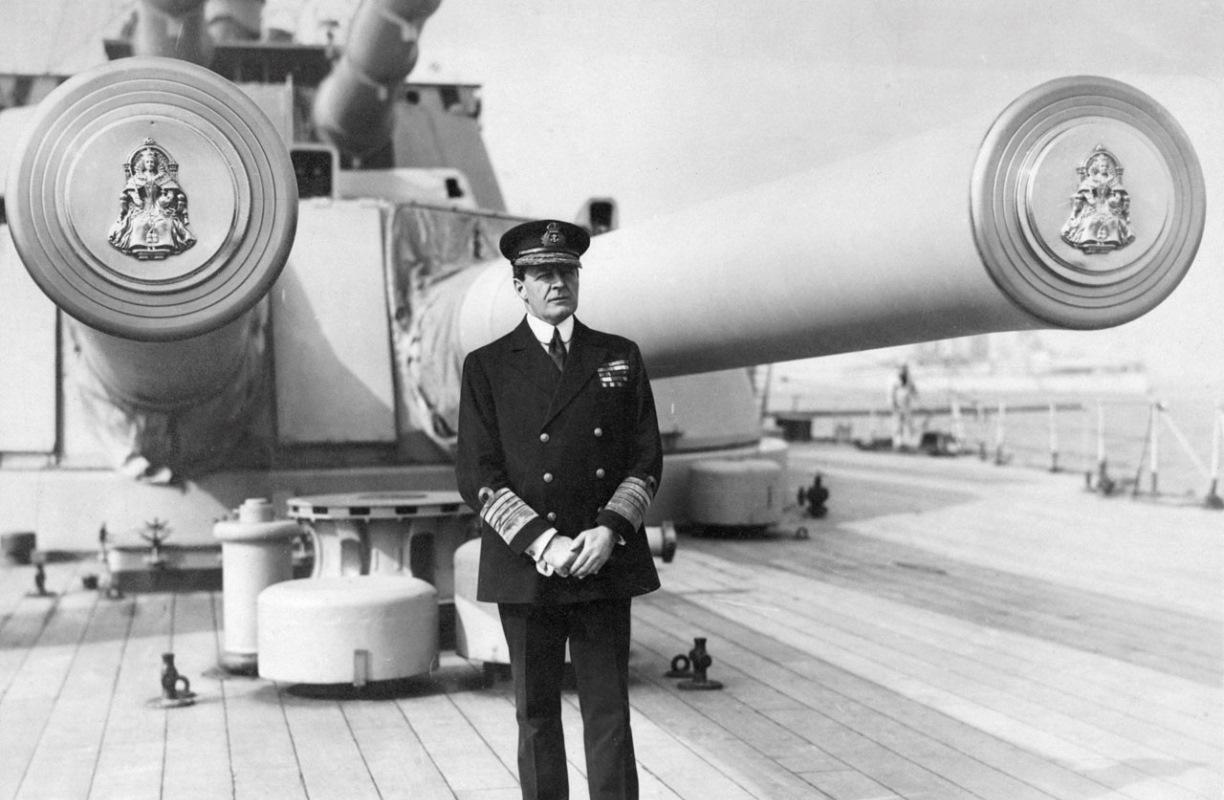
Soon the 2 Germans became half a dozen Cruisers (including 3 or 4 battle cruisers & 15 or 16 destroyers) and we had a pretty exciting time of it Shells falling all around us & kicking up gigantic waterspouts of anything up to 600 feet high,. Soon our battle cruisers… appeared out of the mist (it was a very misty day) & went for the Huns at full speed firing as fast as they could.
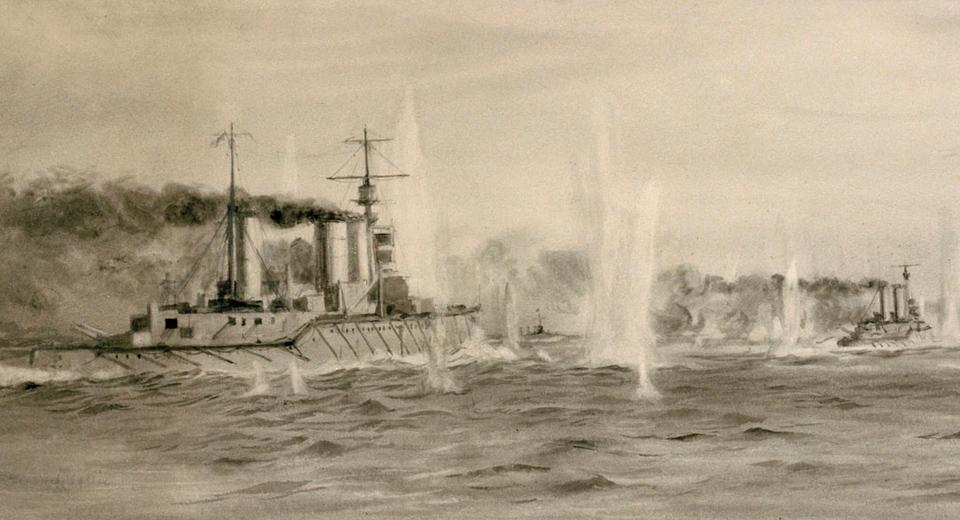
The Huns turned and fled back to their battle fleet … And in a very short time we were Engaging the whole Hoch See Flotte with only 6 battlecruisers … & 4 of the fast battle ships of the “Queen Elizabeth” class. It was a magnificent sight which we had lots of time to observe as, by now, when it had become a battle of giants, we personally weren’t worth powder & shell to the Enemy. The Battlecruisers gradually turned round & headed to the N.W., Engaging the enemy heavily & being heavily engaged all the time & leading them on to where we knew Admiral Jellicoe was. It was during this time that we lost “Queen Mary” & “Indefatigable” both blown up by a shell in their magazines….”